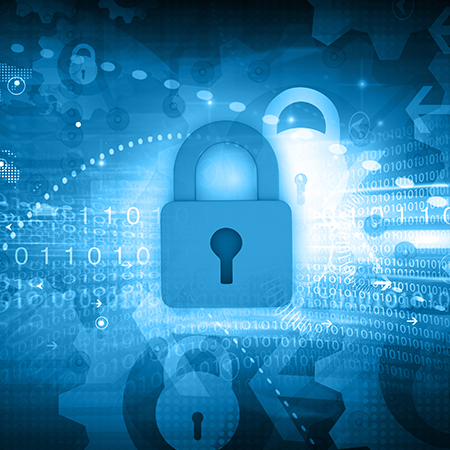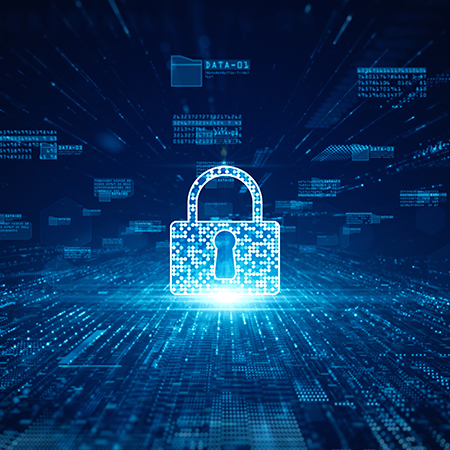We Bring Expertise
A Trusted Partner on Your Zero Trust Journey
Achieve Success with Your Integrated Access, PAM, IGA and Endpoint Management
Zero Trust (ZT) is a new mandate and a cybersecurity best practice for both federal and enterprise cybersecurity. Evaluating, planning and implementing a Zero Trust Architecture (ZTA) is not a trivial endeavor! It requires careful planning with multiple vendor solutions needed to ensure complete success.
IAAS has the winning combination of vetted talent for hire with appropriate expertise and we are a certified partner with the leading technology solutions needed to ensure our customers will have a successful ZT journey.


Zero Trust Technology
To fully implement ZT in your enterprise on-premises and in the cloud, multiple IAM technologies are required, including but not limited to:
- Access
- Provisioning, MFA, SSO, Directory Security
- Privileged Access Management (PAM)
- Identity Governance & Administration (IGA)
- Role-Based Access Controls
- Endpoint Least Privilege
What is Zero Trust?
The National Institute of Standards & Technology (NIST) is the leading government authority and commercial influencer on Zero Trust infrastructure & architecture. Here is NIST’s definition of Zero Trust:
Zero trust (ZT) is the term for an evolving set of cybersecurity paradigms that move defenses from static, network- based perimeters to focus on users, assets, and resources.
A zero trust architecture (ZTA) uses zero trust principles to plan industrial and enterprise infrastructure and workflows. Zero trust assumes there is no implicit trust granted to assets or user accounts based solely on their physical or network location (i.e., local area networks versus the internet) or based on asset ownership (enterprise or personally owned).
Authentication and authorization (both subject and device) are discrete functions performed before a session to an enterprise resource is established.


Zero Trust Architecture
The National Institute of Standards & Technology (NIST), the leading government authority and commercial influencer on Zero Trust infrastructure and architecture, has outlined the tenants of ZT in Special Publication SP 800-207, Zero Trust Architecture:
The Tenets of Zero Trust:
1.All data sources and computing services are considered Resources
2.All communication is secured regardless of network location
3.Access to individual enterprise resources is granted on a per-session basis
4.Access to resources is determined by a dynamic policy – including the observable state of client identity, application/service, & the requesting asset, and may include other behavioral & environmental attributes
5.The enterprise monitors & measures the integrity and security posture of all owned & associated assets
6.All resource authentication & authorization are dynamic and strictly enforced before access is allowed
7. The enterprise collects as much info as possible about the current state of assets, network infrastructure & communications and uses it to improve its security posture.
Zero Trust
Online Resources
The National Institute of Standards & Technology (NIST)
Presidential Action on Improving National Cybersecurity (Federal Government)
Cybersecurity & Infrastructure Security Agency (CISA)
CSO Online – Tenets of Zero Trust Explained (Trade Publication)
IAAS technology partners:
Centrify: Zero Trust Security for Dummies (PAM/Identity Security Vendor)
SailPoint: What is Zero Trust? (IGA/Identity Security Vendor)
